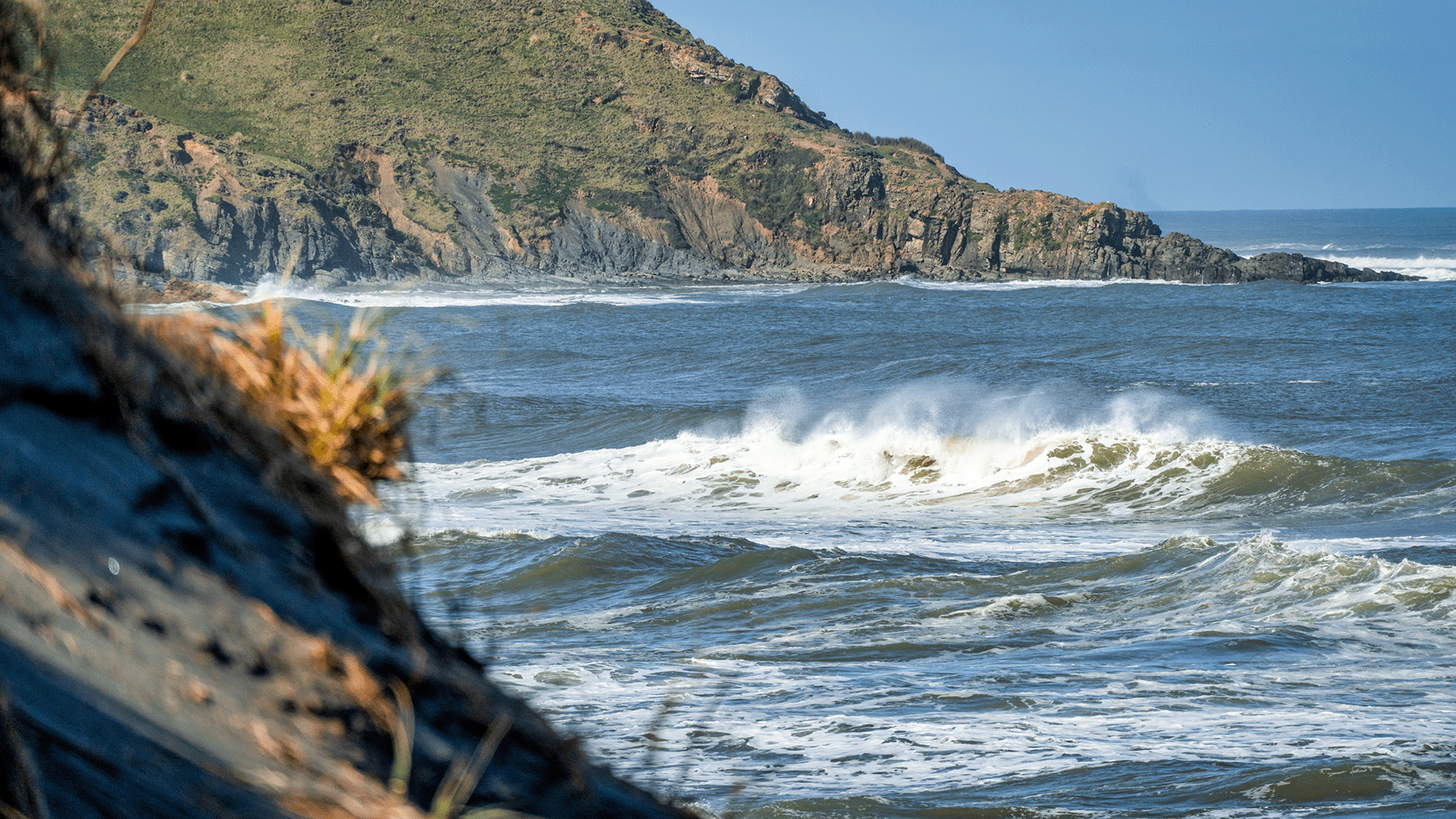What is the Coastal Inundation Tool?
The Waikato region's low-lying coastal areas are susceptible to inundation (flooding). Inundation is primarily caused by severe weather events along the coasts, estuaries and adjoining rivers. Projected sea level rise also needs to be considered.
The Coastal Inundation Tool reveals areas that may be subject to inundation and shows us where we need to better understand the effects of inundation.
Use the Coastal Inundation Tool
We recommend you launch the tool in Google Chrome or Microsoft Edge. Please read the disclaimer first before you start using the tool.
For more help and tips, read the steps and user guide, below.
What's new about the tool?
The Coastal Inundation Tool provides an interactive web and mobile based platform so you can explore the data. While the tool has the same look and feel, it has some changes.
The Coastal Inundation Tool platform
Small changes have been made to the functionality of the tool:
- the sea levels are now displayed using buttons rather than the slide feature
- mobile compatible - the tool can now be accessed on your phone.
Coastal Inundation data
The new coastal inundation data now covers all of the Waikato region using newly available LiDAR data. The data includes inland areas of the Lower Waikato River and all of the west coast. The tool previously only covered parts of the Waikato region (Coromandel, Hauraki Plains, Raglan, Port Waikato, Kāwhia and Aotea Harbour).
Sea level scenario points
The pre-defined sea level scenario points give you a quick reference to commonly used sea levels to explore for each location. The sea level scenario data has been updated based on the 2024 NIWA sea level analysis report. The analysis of historic storm surge events has been updated with sea level data from the last 10 years at the tide gauge locations providing us with better understanding of storm tide levels.
How to use the tool
User guide and sea-level records analysis
Read the user guide and sea-level records analysis for help and scenarios.
The ‘Analysis of Whitianga, Tararu, Kawhia, Raglan and Manu Bay sea-level records to July 2014’ report completed by NIWA is currently being finalised, please contact the Waikato Regional Council Regional Resilience Team to access the report using this service request form: Request for service | Puka tono ratonga
How does the tool work?
The tool uses a 'bathtub model' to show ‘static’ water levels. The bathtub model simply treats the ocean like a bathtub, that fills up the same way that a tub does when you add water. The lower parts fill up first, and the water rises at the same level everywhere.
Using the Coastal Inundation Tool consists of two components:
1. Choosing a sea level scenario
2. Mapping the inundation that might occur.
You can either choose a predefined sea level scenario or create your own.
The tool shows:
- Connected inundation (blue shaded areas), which represent areas where water could flow directly (or via waterways) to the sea for the chosen water level.
- Disconnected inundation (green areas), which represent areas that are at or below the chosen water level, but may have no direct flow path to the sea (e.g. due to beach ridges or flood protection structures). Disconnected areas may still be affected by coastal inundation in some way, e.g. via groundwater.
The tool uses the best currently available water level and ground elevation information. All water levels and land elevations are provided relative to New Zealand Vertical Datum 2016 (NZVD2016).
For further instructions on how to use the tool and background information about the sea level scenario points, please read through our user guide.
What should the tool be used for?
The Coastal Inundation Tool is intended to be used by the public and local government as a ‘conversation starter’ to explore susceptibility of coastal inundation at a regional scale. The tool creates public awareness of the coastal inundation hazard and how sea level rise will impact coastal inundation in the future. The tool can support adaptation planning within the community.
What should the tool NOT be used for?
The Coastal Inundation Tool is not designed to provide property specific information for coastal hazards, minimum floor levels, consents or insurance. The tool does not include the effects of currents, friction, waves or other hydraulic processes that affect water movement or inundation.
Information and enquiries
If you have questions about the tool, please contact Waikato Regional Council's Regional Resilience Team using this form: Request for service | Puka tono ratonga




